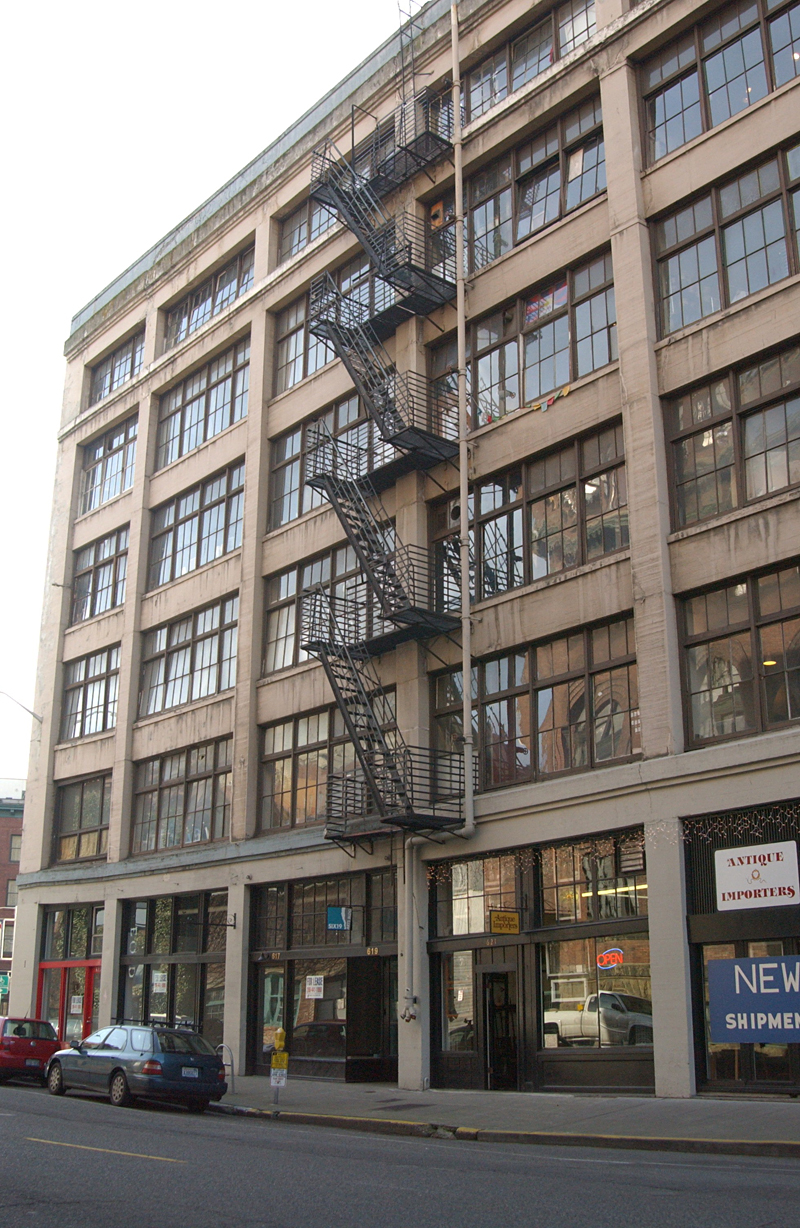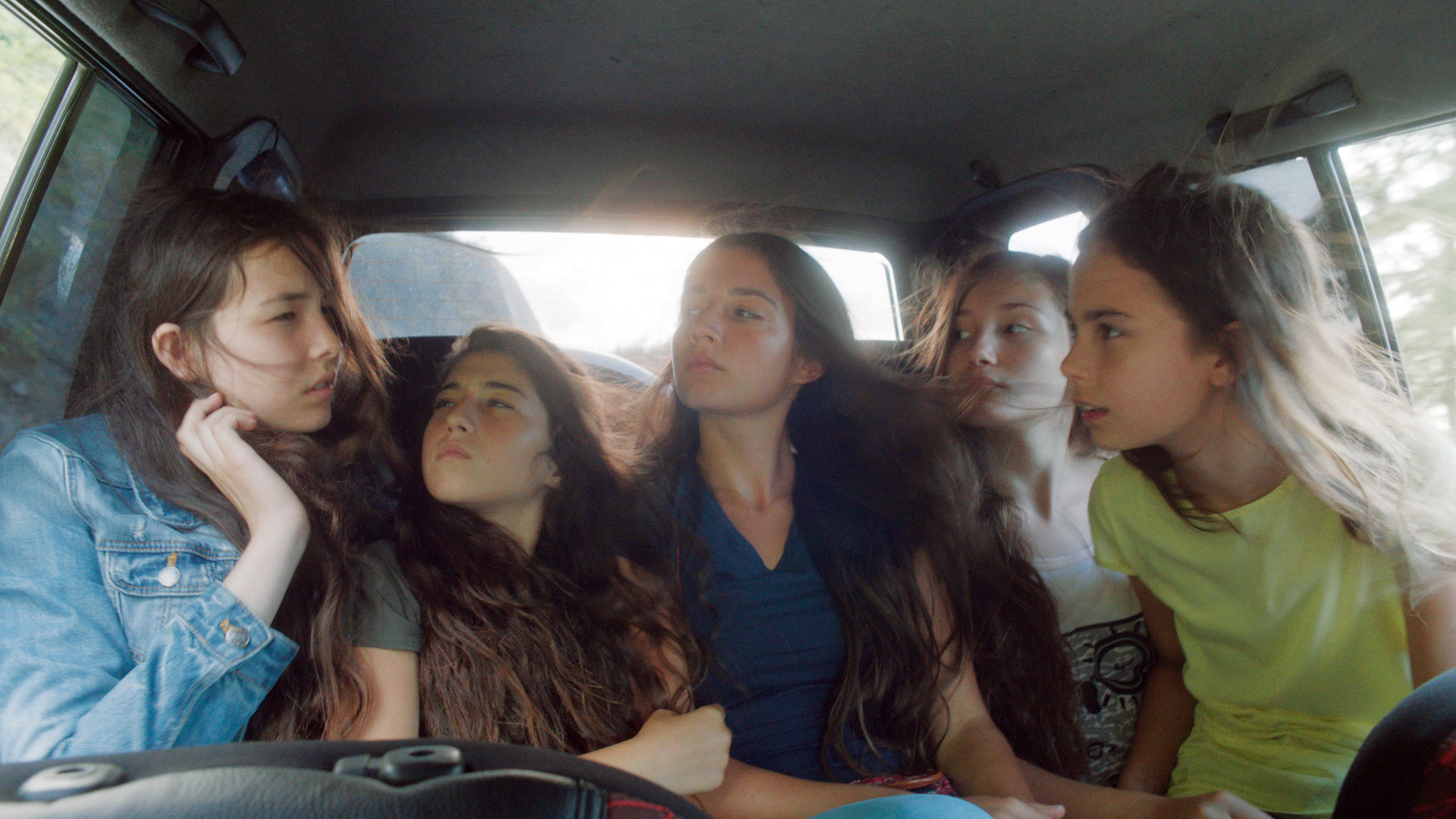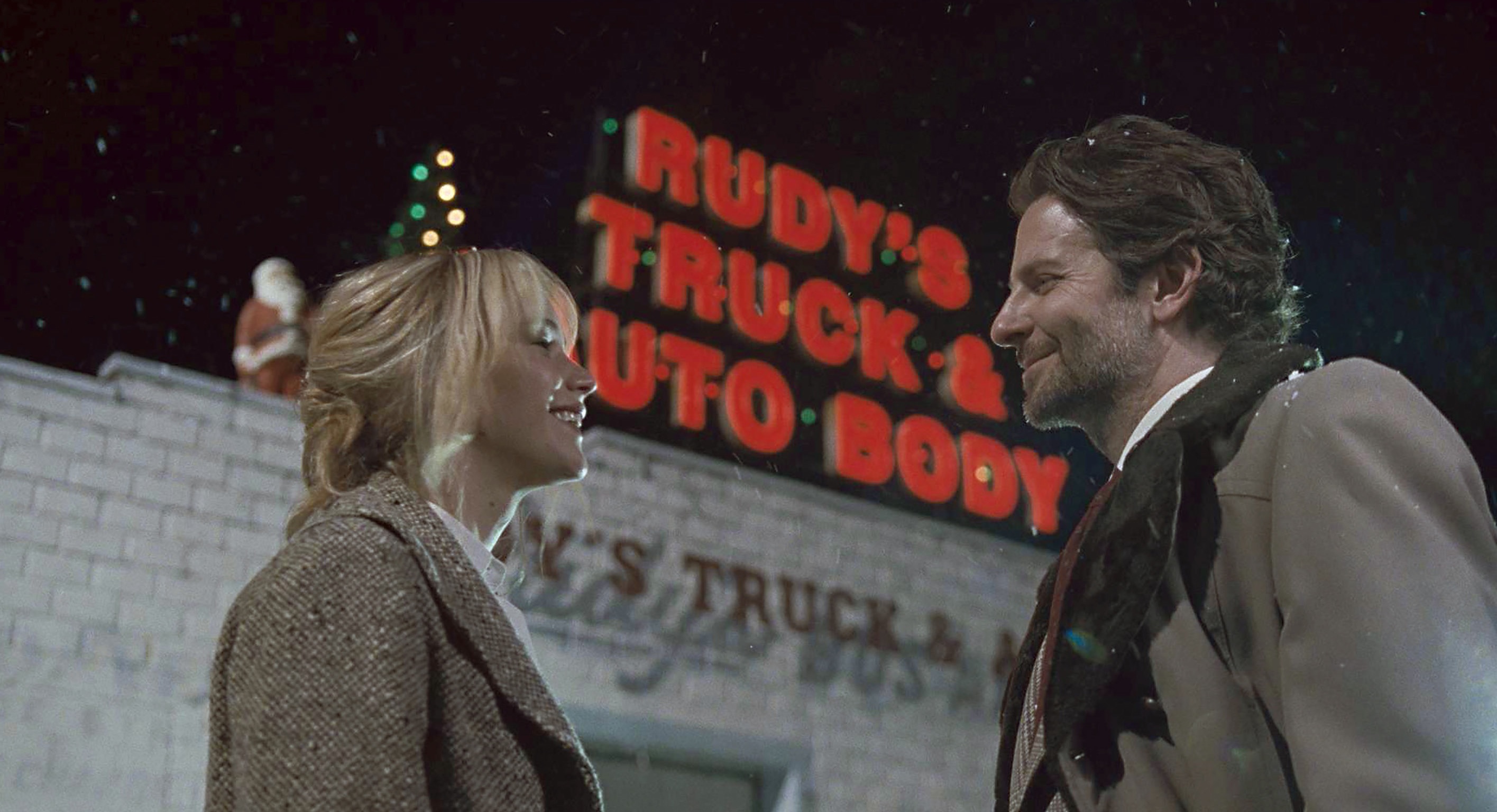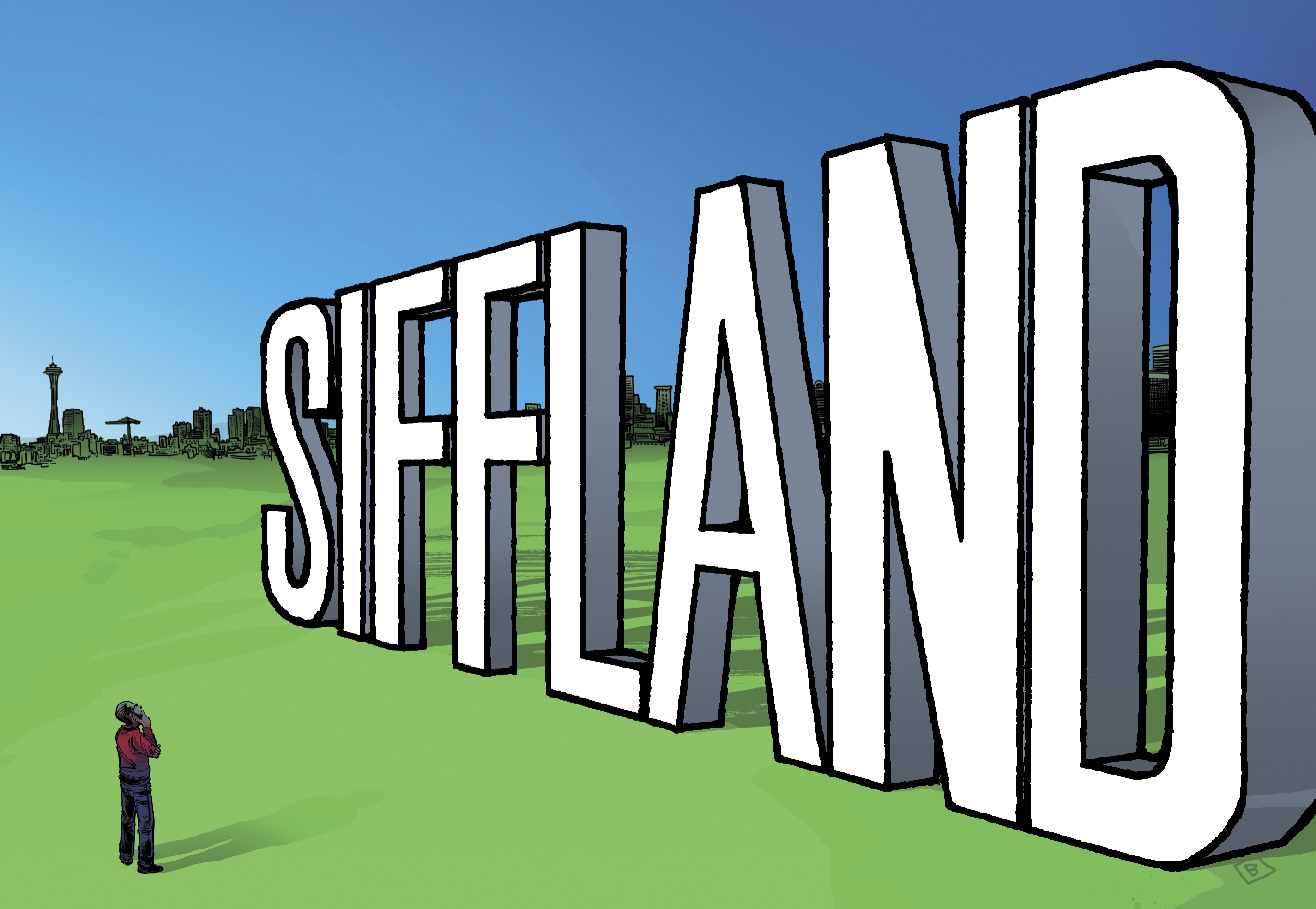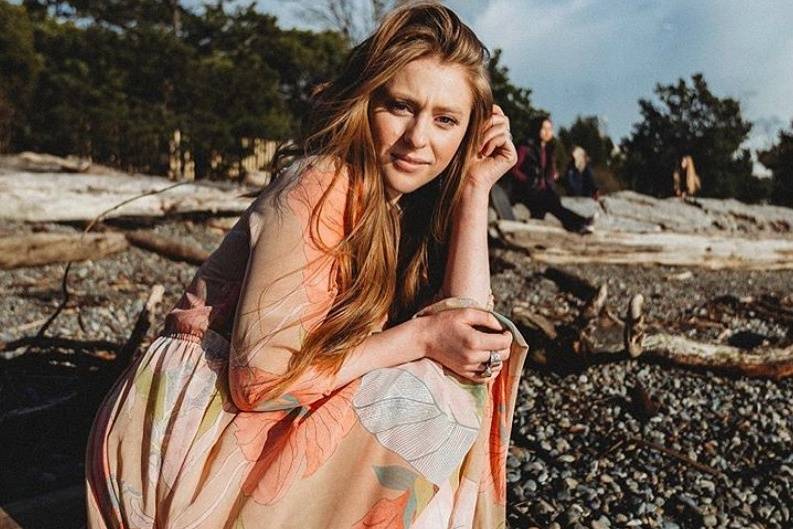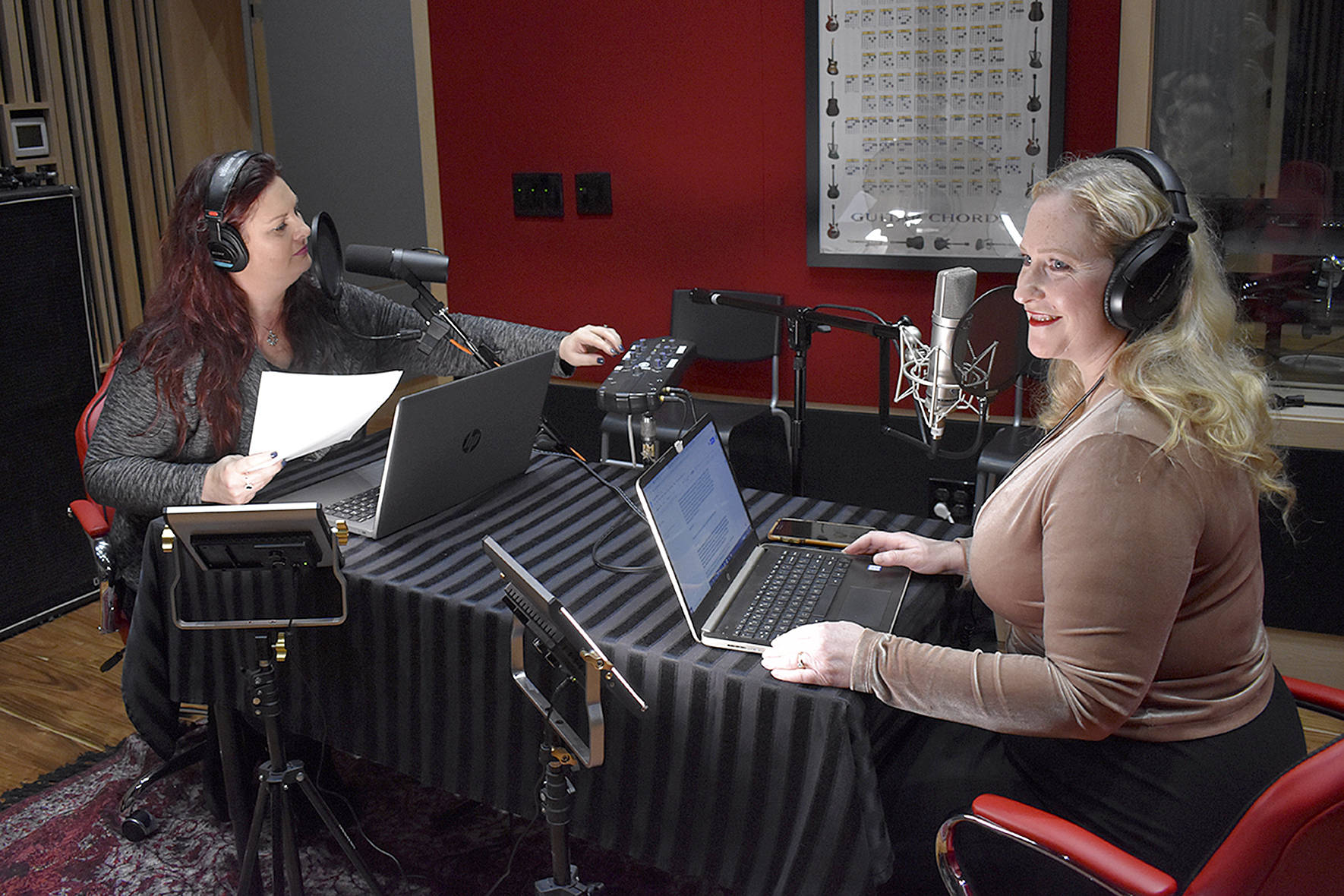Cheap space for artists, whether in work-only studios or live/work situations, generally means noise from trucks and trains, no elevators, peeling paint, and possibly settling foundations. Near Pioneer Square, facing the Alaskan Way Viaduct, the 619 Western Building is one such example: 100 years old, sitting on mud and fill, and likely headed for demolition due to the planned deep-bore tunnel below (which would fatally weaken its foundation). Next year, some 100 artists will lose their workspaces in the charming if dilapidated former warehouse. (Even if there’s a costly seismic retrofit, they still have to move out for that.)
So where will they go?
That’s a question developer Sam Farrazaino considered during a recent tour of his latest venture (with partners), a rehab of the old INS Building, now called INSCAPE, bought for $4.4 million at a 2008 federal auction.
“One way or another, the artists [at 619 Western] are gonna be out. Probably I’m gonna be full here before they leave,” he says of INSCAPE, which began leasing last summer and held an October gala to mark its formal opening. Today, says Farrazaino, “We’re getting close to 25 percent leased. There’s an extreme lack of artist space in Seattle. We’ll be done by summer.” Done as in fully leased, with no room for 619 Western’s refugees, unless they abandon ship early.
Over at 619, Edd Cox doesn’t see that happening. “I know what I’m doing, but on my floor there’s like 14 artists, and I don’t know what any of them are doing. They’re still in the wait-and-see attitude.” By year’s end, he explains, “I’m going to relocate to a space on First Avenue, right across from Linda Hodges Gallery.”
He continues, “When we get these [WSDOT] re-establishment benefits in August, there’s gonna be this big rush. Even the artists who’ve only been here a short time will have a moving allowance. It’s actually a pretty good break for the artists here.”
But while INSCAPE offers turnkey convenience, with rents to suit, Cox’s advice to younger artists is to go out and colonize a new building, as he once did. “I wonder about the young crowd, because they came into 619 with it all set up. I did it all myself. We had no support at all in 1981. I was 33 when I came to 619, and I’m 63 now. I know what it takes, and it takes a lot of work!”
At INSCAPE, of course, that work is done for you. With some 77,000 square feet of closely columned space, the building can accommodate 100–125 tenants, depending on how new walls are configured. It’s substantially larger than 619 Western or the Tashiro Kaplan Building, mainstay of the First Thursday art walk, but that building is full.
And, of course, the ID is a bit of a hike from the TK Building and other Pioneer Square galleries (many of them now vacant; see page 20 for related story). The confusing diagonal of Airport Way South, between Fourth and Sixth, isn’t zoned industrial—unlike the long stretch of Airport Way South that parallels the freeway. (Farrazaino says this short, akimbo street was originally called Seattle Boulevard, and he hopes to have the name restored.) There’s Uwajimaya, a gas station, some social services, and many vacant, low-rise future teardowns—the old Lawrimore Project among them. Farrazaino naturally promotes INSCAPE as an anchor of the area’s revival. “We wanna have the public come in and use the building—and the ID, too.”
One new tenant, Jen Mills, takes the same view. “The neighborhood will benefit with that building full of tenants. Everybody wins,” she says. “I think it [INSCAPE] might just be a hybrid between the TK Building and the Bemis Building and other artist lofts.”
Upon inspecting the smaller fourth-floor offices, one reason becomes apparent. Above the old warren of immigrant dormitories and holding cells (some bars remain) are smaller cubicles once used by the U.S. Assay Office to weigh and measure precious metals. There, the offices have been kept intact for filmmakers and the like—artists who work with computers. Below, sculptors and visual artists seek larger configurations.
Mills, a sculptor who outgrew her old, shared space in SoDo, was happy to nab a small basement-level studio with a three-year lease. “I could’ve found cheaper places, but maybe farther away,” she says. As for the holy grail of all artists, she notes, “You’ve gotta be realistic—is it gonna be a live/work? No.”
Farrazaino explains why as we bound up the stairs at INSCAPE, presently full of workers, Sheetrock, and the smell of fresh paint. A seismic upgrade for live/work, or even condos, would be prohibitively expensive. “We’re trying to come in with a light touch, to keep the space affordable,” he explains. “We’re not building the Taj Mahal. We’re not trying to bring it up to high-grade commercial.”
Also, the 1931 building is on the National Register of Historic Buildings, meaning it can’t be demolished, enlarged, or substantially modified. The wide corridors and original features—like lovely transom windows over the interior doors—have to stay. “Our thing is to use as much of the existing structure as we can,” says Farrazaino.
Not that the building actually needs much help against earthquakes. The Depression-era project was larded with bricks and huge foundations. And unlike the SoDo area to the west, reclaimed from Duwamish mud, “It’s not on fill,” says Farrazaino. “The structure is solid and sound. You’ll hardly find any cracks.”
No one would ever say the same about 619 Western, a regular stop on First Thursdays. INSCAPE’s plans are different. “What we would shoot for is two large events a year,” says Farrazaino, citing last October’s “Passages” event as a model, with dance and even mini-golf in addition to artwork on display. “The entire building will be a big gallery.”
By contrast, 619 Western will either be demolished or so expensively retrofitted—figures over $30 million have been discussed—that artists couldn’t possibly afford the new rents. It will cease to be, or cease to be what it was. Says Cox, “In a way it’s heartbreaking, but life has lots of transformations. Cities change and grow—they’re organic.”
